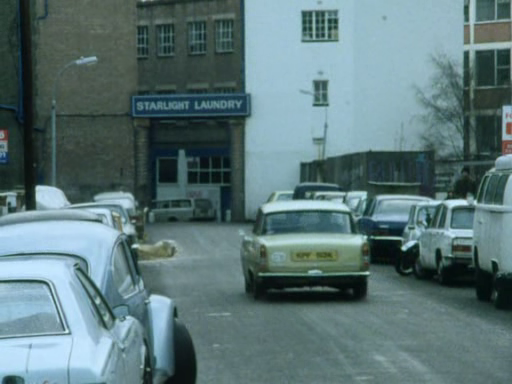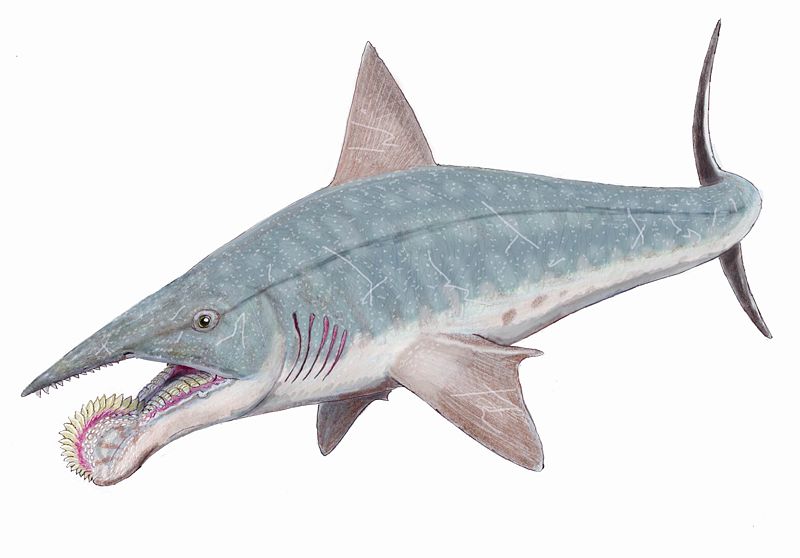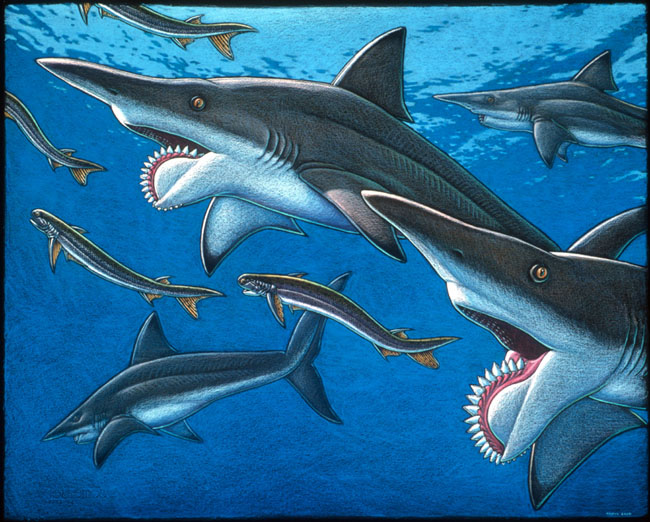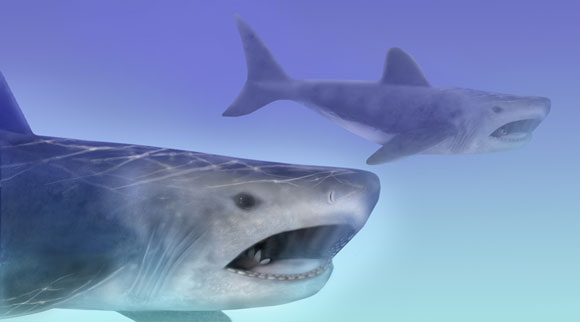Cross-posted to LibraryThing.
Let’s get the physical description out of the way first – Antarctica: An Encyclopedia is imposing. Two volumes, 1771 pages and about 300 pounds (that last may be an exaggeration). It is text only; no pictures, no illustrations, not even a map. Here’s a quick phonecam image for scale and to show the page format. I’m sure there are precise terms of art to describe the layout; I thought it might be easier to just show it, especially as I’m going to refer to the amount of topic coverage in a bit. The dollar bill is 6 inches long (equivalent to a legal trout in Maine – or it used to be).
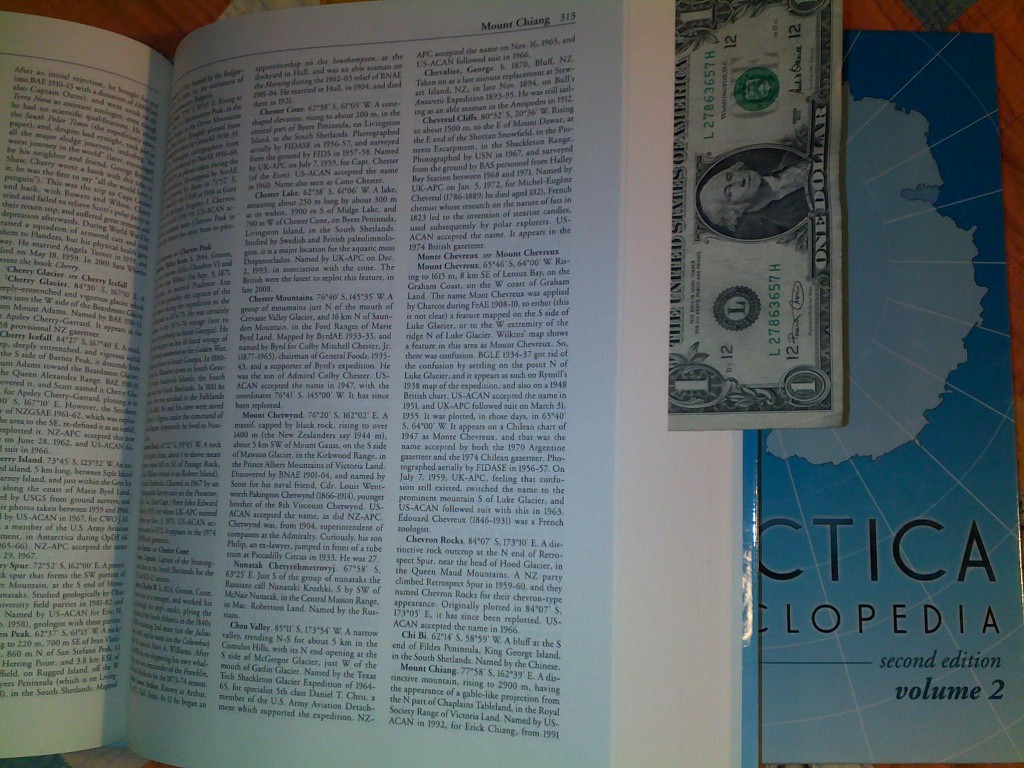
*
Like another LibraryThing reviewer, I thought I’d attack the Encyclopedia by looking up a few topics.
Ernest Shackleton. The approx. one full column devoted to Shackleton is a precis of his life: birth, parents, expeditions, death. Three sentences are devoted to the transantarctic attempt, the last of which reads, “There followed the most amazing series of events (see the notes on the expedition, British Imperial Transantarctic Expedition) which make one revise one’s concepts about the limits of human endurance and determination, the physical and mental barriers imposed by the human species upon themselves.” The BITE entry is 4 pages of chronology and description. Side note – folks interested in the BITE may wish to follow @otolythe‘s twitter Shackleton project at @EShackleton.
Mount Erebus. Approximately one column – location, history of height estimates, various ascents and a couple physical notes.
Operation Highjump. About a page and a half of who, what, when, and where. The most information I’ve yet encountered regarding this expedition – excellent.
Tucker Sno-cat (under Sno-cat). Just two sentences on this Antarctic icon *sad face*.
Make no mistake – this is a capital-R reference book. Paired with an appropriate atlas or gazetteer it would be an unbeatable far-south resource.






